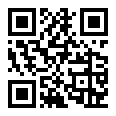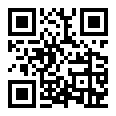Mozilla Hubs Experiments
How do new, exciting and at the same time challenging technologies, such as virtual reality, find their way into university teaching?
One of my articles describes an interdisciplinary project that addresses precisely this question. Our goal is to represent the periodic table of elements as a network of virtual environments in which each element has its own space. A separate learning environment should be designed for each element, which is enriched with information about the elements (e.g. in the case of nitrogen, the formation of nitrogen oxides in car traffic or the production of fertilizers). This article describes our iterative approach and the optimization of an existing first prototype. An iterative optimization process (in the sense of design science research) helps ensure that i) learners have the most effective and positive experience possible and ii) teachers can benefit from the experience for future projects and transfer it to other contexts. We present the results of a 40-observation study comparing learning spaces created using the Mozilla Hubs platform. The newly designed learning spaces were designed particularly taking into account the principles of the theory of multimedia learning. The results suggest that by applying the principles of multimedia learning theory, perceived learning success can be significantly improved. In the future, I plan to set up a General Data Protection Regulation (GDPR) compliant Mozilla Hubs instance and build up corresponding expertise.
Learning rooms nitrogen Patrik


Learning rooms Colin


Xiaowen Learning rooms

